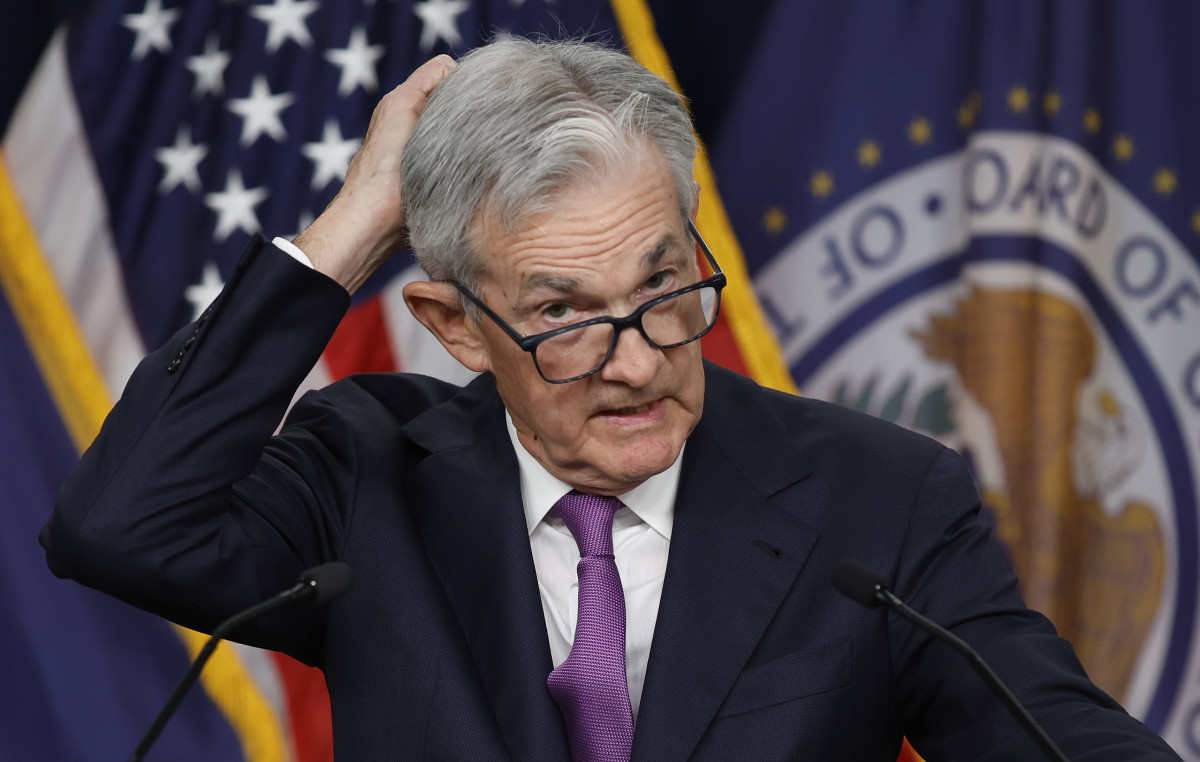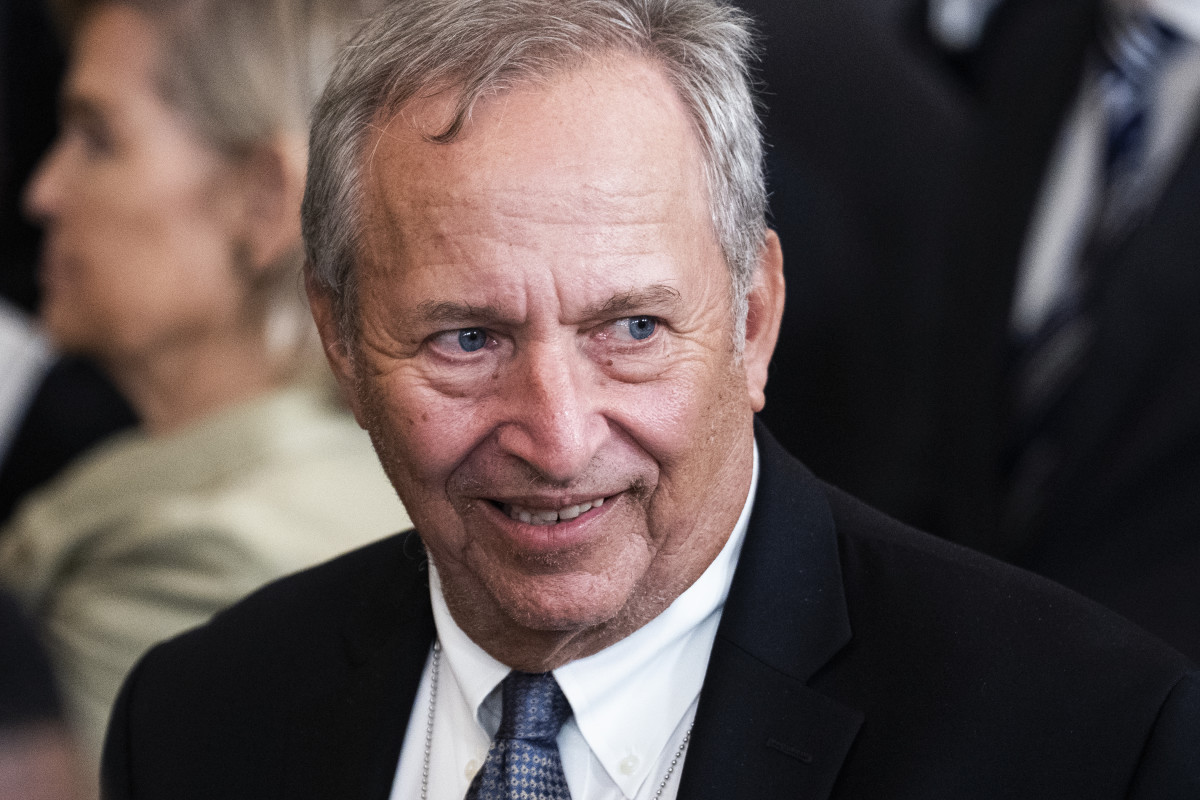
Expectations for Federal Reserve interest-rate cuts have gone up and down like a roller-coaster this year.
The Federal Reserve's Federal Funds Rate target stands at 5.25%-5.5%, unchanged since July 2023. That’s the rate banks charge each other for overnight loans. Banks borrow from each other to maintain capital stability.
Toward the start of 2024, investors expected six or seven rate cuts, as they looked for the economy and inflation to slow down.

But that didn’t happen, and by April many experts, including the economist Torsten Slok of Apollo Global Management, predicted no rate reductions would transpire this year.
The Harvard economist Larry Summers even suggested a 15% to 25% chance that the Fed’s next rate move would be an increase.
More recently, shrinking inflation and signs of economic deceleration led many experts to predict one or two rate cuts for the rest of the year.
The seminal July jobs report
Then came last Friday’s July employment report. It was weaker than expected, with nonfarm payrolls rising only 114,000 and the unemployment rate climbing to 4.3%.
That led many experts to tear up their old rate forecasts in favor of more dovish predictions. Interest-rate futures now signal an 84.5% chance that the Fed will cut rates 0.5 percentage point at its next meeting in September, according to CME FedWatch.
And the futures show a 93% probability that rates will be shorn by at least a full percentage point in total before year-end. The Fed’s standard rate change is 25 basis points, or 0.25 percentage point, per meeting.
Related: Jobs report cements case for bigger Fed interest rate cut
To be sure, the jobs data last week weren’t that weak. Both the payroll gain and the unemployment rate point to a solid economy. And while average hourly earnings rose less in July than June, they were still up 3.6% from a year earlier.
So you could easily make a case for the Fed to lower rates by 0.25 percentage point in September and then base future decisions on incoming data.
Did the markets overreact on rates?
But economists and investors often overreact to single pieces of data. And of course, only time will tell if they’re indeed overreacting this time around.
It was surprising to see JP Morgan Chase and Citigroup economists predict quickly after the employment report that the Fed will produce 1.25 percentage points of rate reductions by year-end.
That’s 0.5 point in September, 0.5 point in November and 0.25 point in December.
Related: Veteran fund manager who predicted stocks' drop updates outlook
In addition, the JP Morgan economist Michael Feroli said there’s “a strong case to act” before the next meeting on Sept. 18. But Fed Chairman Jerome Powell might not “want to add more noise to what has already been an event-filled summer,” Feroli wrote in a commentary cited by Bloomberg.
“Even if the softening in labor-market conditions moderates from here going forward, it would seem the Fed is at least [1 percentage point] offsides, probably more,” he said.
Goldman Sachs interest-rate outlook
Goldman Sachs economists adopted a more moderate stance.
“We now expect the Fed to deliver an initial string of three" 0.25-percentage-point cuts at its meetings in September, November and December, they wrote in a commentary. Goldman Sachs previously projected a decrease in September and then another in the fourth quarter.
“We now expect faster cuts because the [Federal Funds Rate] looks more clearly inappropriately high,” the economists said.
Also, “the Fed looks behind, having worried too much about inflation for too long,” and there’s “more urgent priority to support the economy.”
More Economic Analysis:
- Black Monday on Wall Street: 5 reasons stocks are plummeting
- After the Fed tipped markets over, now what?
- Jobs report triggers key recession warning signal as stocks plunge
Some experts have voiced the possibility of half-point cuts or a move before the next formal Fed meeting.
But “historically, the Fed has only delivered inter-meeting cuts and cuts larger than 25 basis points when there was a clear negative shock or when the data were worse than they have been so far,” the Goldman economists said.
They view the weakness in July employment numbers as temporary. “The premise of our forecast is that job growth will recover in August,” they said.
“If we are wrong and the August employment report is weak,
then a 50 basis-point cut would be likely in September.”
Related: Veteran fund manager sees world of pain coming for stocks







